Enjoy this article?
Most Museums Journal content is only available to members. Join the MA to get full access to the latest thinking and trends from across the sector, case studies and best practice advice.

In the run-up to the year 2000, politicians and policy-makers hoped to usher in the new century with a host of landmark cultural projects, funded through the Millennium Commission.
Twenty-five years on, many of the projects conceived in that era – ranging from new institutions to transformative refurbishments – are now firmly embedded in the cultural landscape. Others, however, faced significant challenges.
We look back at some of the successes and failures of the turn-of-the-millennium cultural boom.
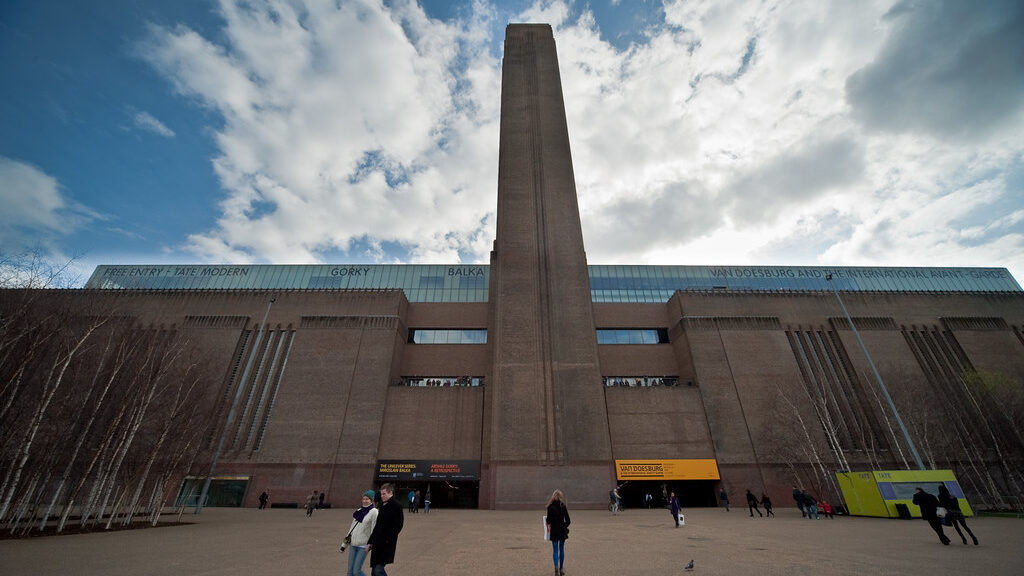
Opened in May 2000, Tate Modern transformed the disused Bankside Power Station in Southwark into a world-renowned modern art gallery. It quickly established itself as a leading institution for contemporary art, attracting millions of visitors annually and playing a key role in the revitalisation of the South Bank, boosting both tourism and business.
Designed by Swiss architects Herzog & de Meuron, the gallery received acclaim for its adaptive reuse of industrial architecture, achieving a brutalist aesthetic that seamlessly blended functionality with modern innovation. The Switch House, an extension designed by the same architects to increase gallery space by 60%, opened to the public in 2016.
Tate Modern recently announced that its first ever Turbine Hall installation – Louise Bourgeois's giant spider sculpture, Maman – would be returning this year to celebrate the gallery's 25th birthday.
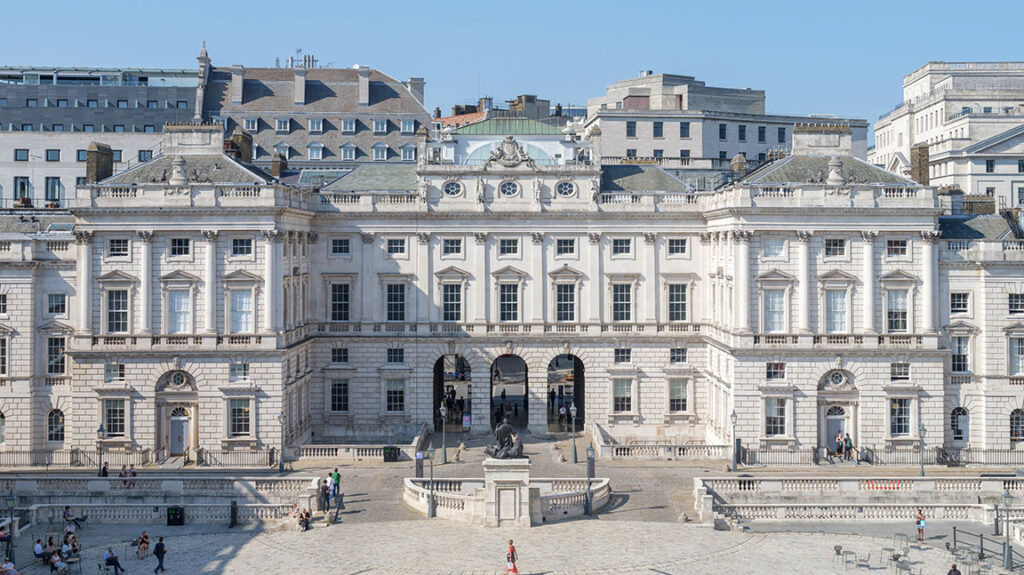
Originally built in the 18th century, Somerset House underwent a major refurbishment with funding from the Millennium Commission. The transformation preserved the building’s historical features while introducing modern spaces for art and culture, including its iconic courtyard, which regularly hosts outdoor exhibits and attractions.
It is now home to institutions like the Courtauld Gallery and Somerset House Studios, which support the creative industries and emerging artists. Its diverse cultural programme has featured high-profile exhibitions in partnership with international institutions, from Hello Kitty creators Sanrio to Louis Vuitton.
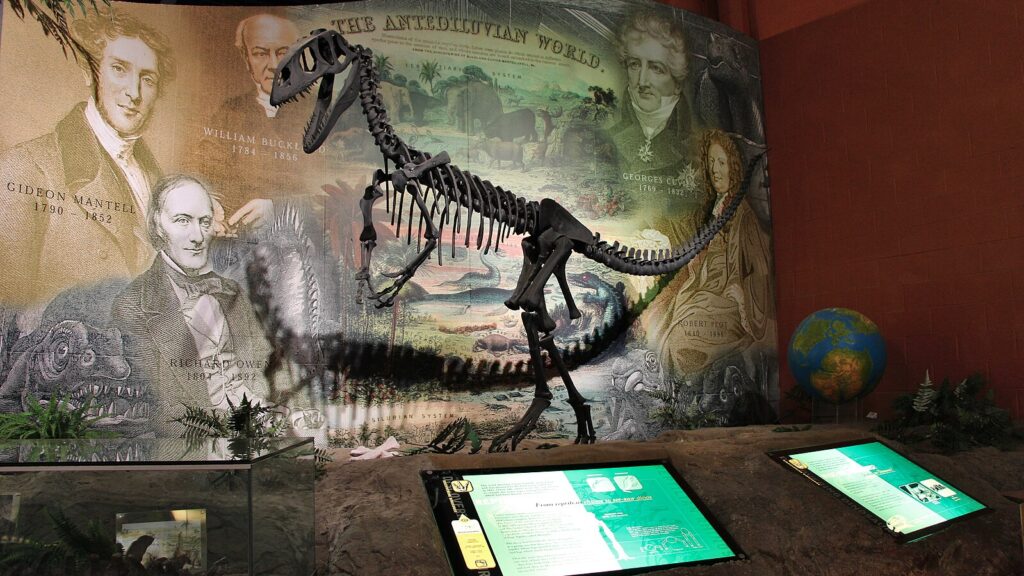
This museum on the Isle of Wight opened in 2001 with the aim of showcasing the island’s rich paleontological history. The Isle of Wight is known for its significant fossil discoveries, particularly from the Cretaceous period.
Offering interactive exhibits and displays, the museum has successfully promoted paleontology and natural history to audiences of all ages, attracting more than 60,000 visitors to the island annually and supporting the local economy.
It is also involved in ongoing fossil research and public outreach, contributing to the island’s broader efforts to preserve its natural history while engaging the community in conservation and educational programmes. The museum recently secured £498,000 from the Museum Estate and Development Fund towards a redevelopment.

Focusing on sustainability and biodiversity, the Eden Project in Cornwall opened in 2001 and has since become a globally recognised environmental attraction. Offering an immersive experience through its Biomes – domed ecosystems that house plants from around the world – it drew 1.8 million visitors in its first year alone.
Designed by architect Nicholas Grimshaw, the Eden Project is housed in a former clay pit, making innovative use of the formerly industrial landscape.
The project was praised for its creative use of space and the sustainable architecture of its Biomes. Since its inception, it has expanded to include environmental education programmes, and launched projects like Eden Project International to replicate its model worldwide.
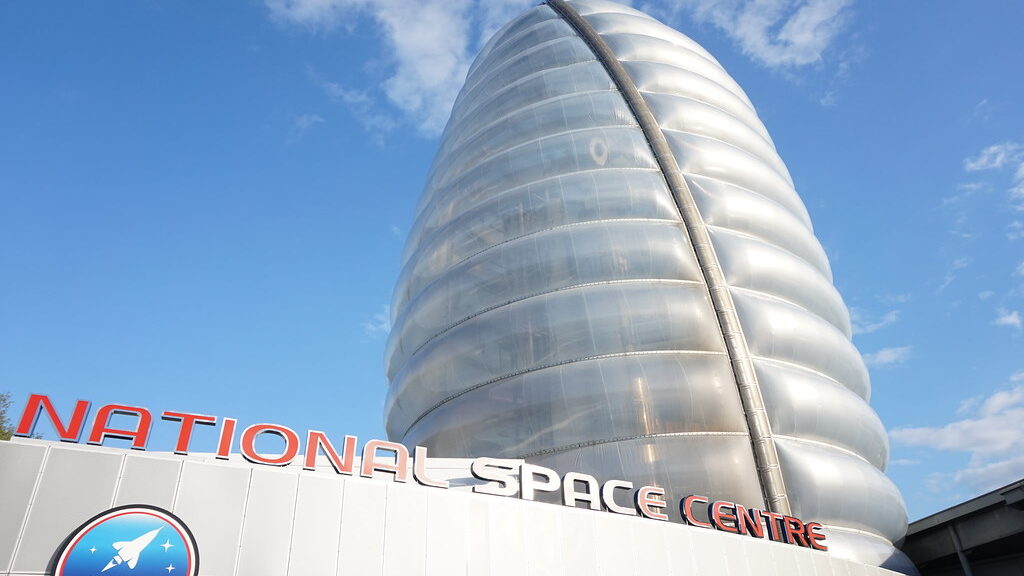
The Leicester landmark has made significant contributions to science education since its opening in 2001, offering interactive exhibits that have made science and space exploration accessible to a wide audience. It houses a variety of exhibits that explore the history of space exploration, satellite technology, and astronomy, including the UK’s largest planetarium.
The centre has contributed to Leicester’s cultural regeneration, raising the city’s profile as a hub for innovation. It has also sparked investment and partnerships in scientific research, collaborating with local universities and aerospace industries across the midlands.
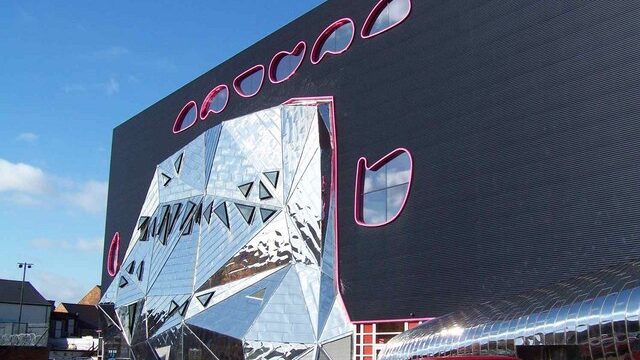
The ill-fated West Bromwich gallery and multi-arts venue was a highly ambitious Millennium project that faced a range of financial, operational, and community-related challenges. Opening in 2008, two years later than projected, the final cost had ballooned to over £70m – about £20m over budget – making the project financially unsustainable in the long term.
The Public also failed to attract the visitor numbers required, raising questions about whether its focus on cutting-edge digital exhibitions resonated with a broad audience. Following a decade marked by management issues and instability, The Public closed its doors in 2013.
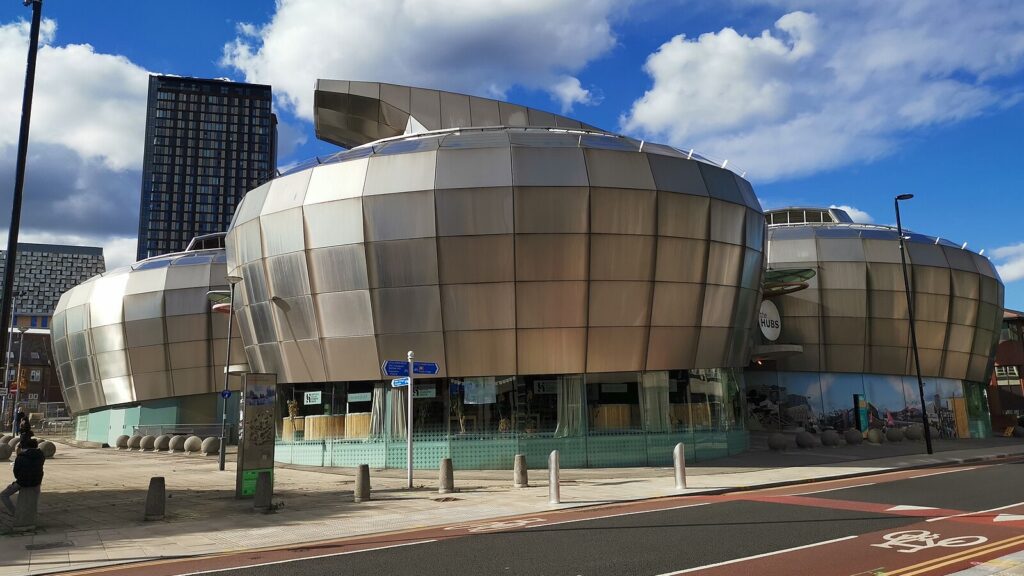
Envisioned as a major cultural institution dedicated to the history and future of popular music across genres, the Sheffield-based attraction struggled to define and attract a consistent audience, given the diverse nature of popular music.
Exhibits were criticised for being disjointed, and many visitors felt they were too academic, rather than reflective of the evolving music culture.
The centre closed in 2000, just one year after its opening. The building, designed by architect Nigel Coates is now home to the Sheffield Students’ Union and other educational facilities.
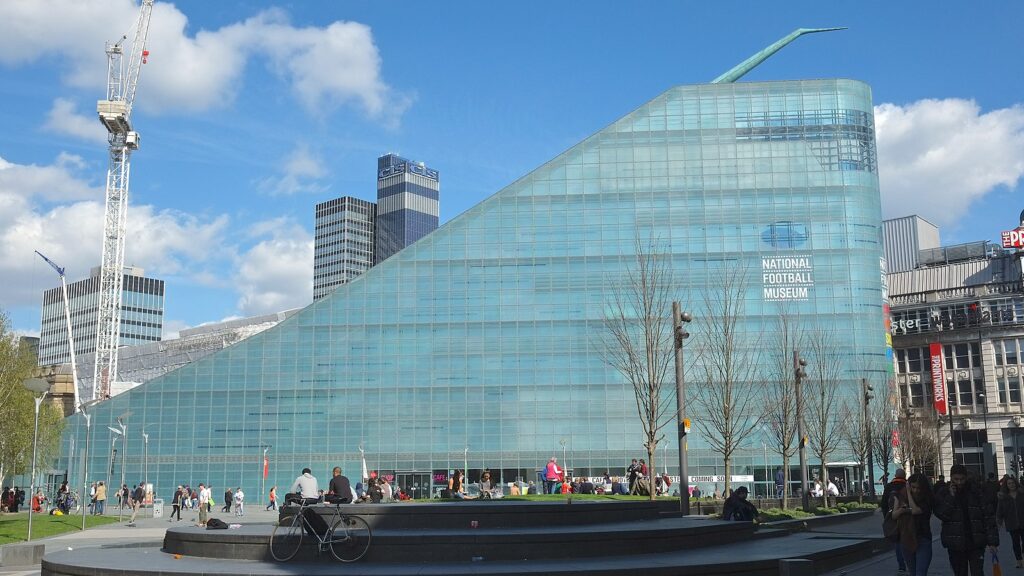
Opened in Manchester in 2002, Urbis was envisioned as a cutting-edge museum dedicated to urban life and the evolution of city culture. While it aimed to explore topics ranging from architecture and design to social change, it struggled to establish a cohesive narrative that could attract a wide range of visitors. Like the National Centre for Popular Music, the exhibitions attempted to cover too many subjects without a clear focus.
The museum exceeded its initial £30m budget and relied heavily on public funding, with its failure to draw audiences being a key factor in its struggles. It closed in 2010, and the building is now home to the National Football Museum.
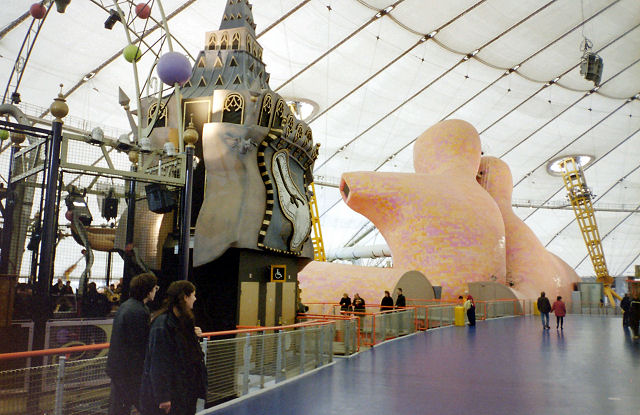
Probably the most famous millennium landmark of all, the Millennium Dome opened on New Year's Eve 1999, promising an awe-inspiring space packed with large-scale exhibits to celebrate the dawn of a new age. The huge structure was designed by the British-Italian architect Richard Rogers, with interiors by leading designers including Zaha Hadid.
A disastrous opening night, which saw guests and members of the press left waiting outside in the cold for hours, left a lasting mark on the institution, and it attracted barely half of its forecasted number of visitors. The dome's 14-zone exhibition, the Millennium Experience, was criticised as underwhelming and muddled.
The contents of the dome were dismantled in 2005, and the venue has since turned its fortunes around: now the O2 Arena, it is one of the world's most popular live entertainment destinations.
Most Museums Journal content is only available to members. Join the MA to get full access to the latest thinking and trends from across the sector, case studies and best practice advice.
You must be signed in to post a comment.
Richard Rogers designed the Millennium Dome. Zaha Hadid Architects designed one of the areas within, the ‘Mind Zone’ but not the structure itself.
Thanks Damian, the article has been updated to make that clear.